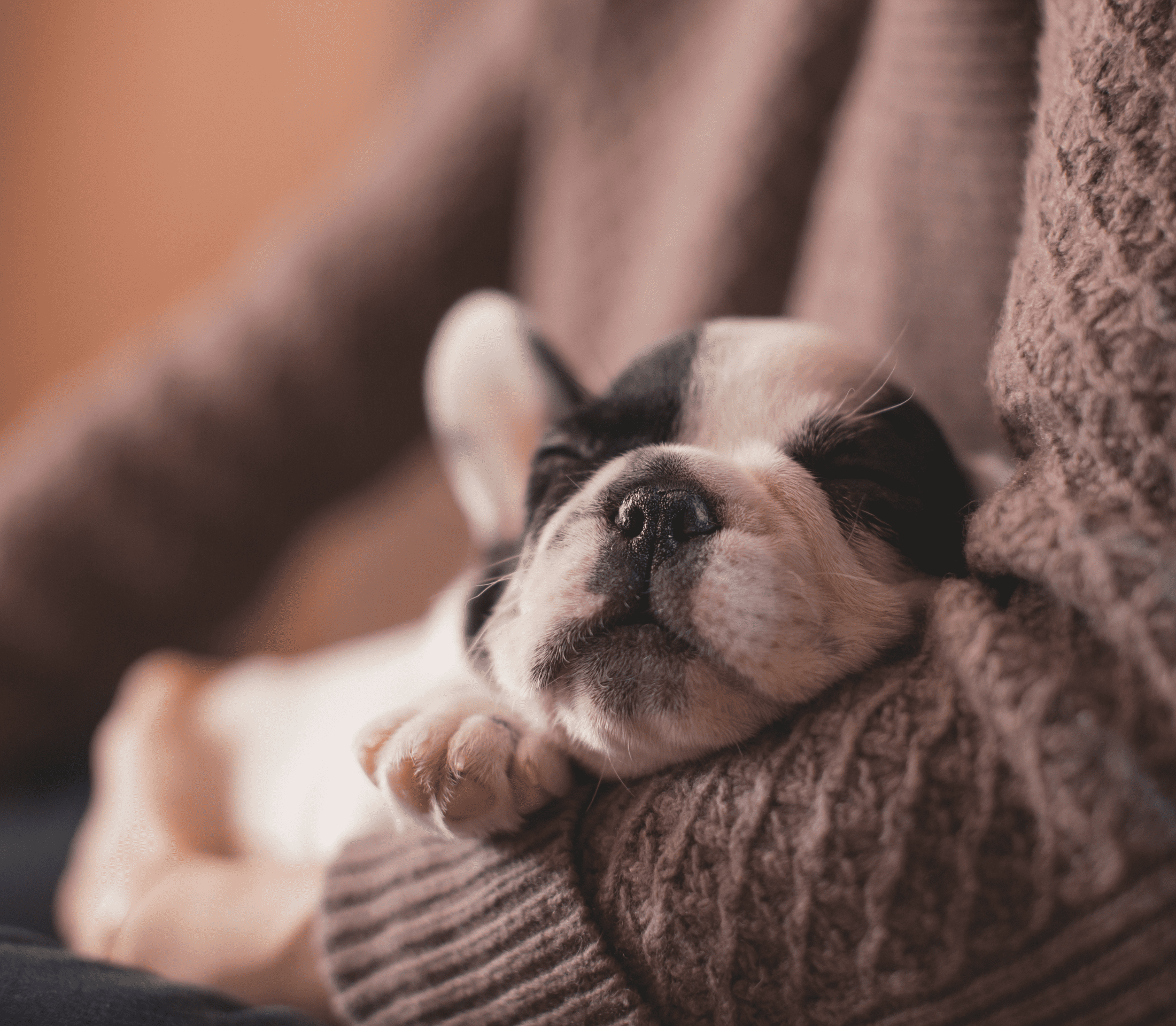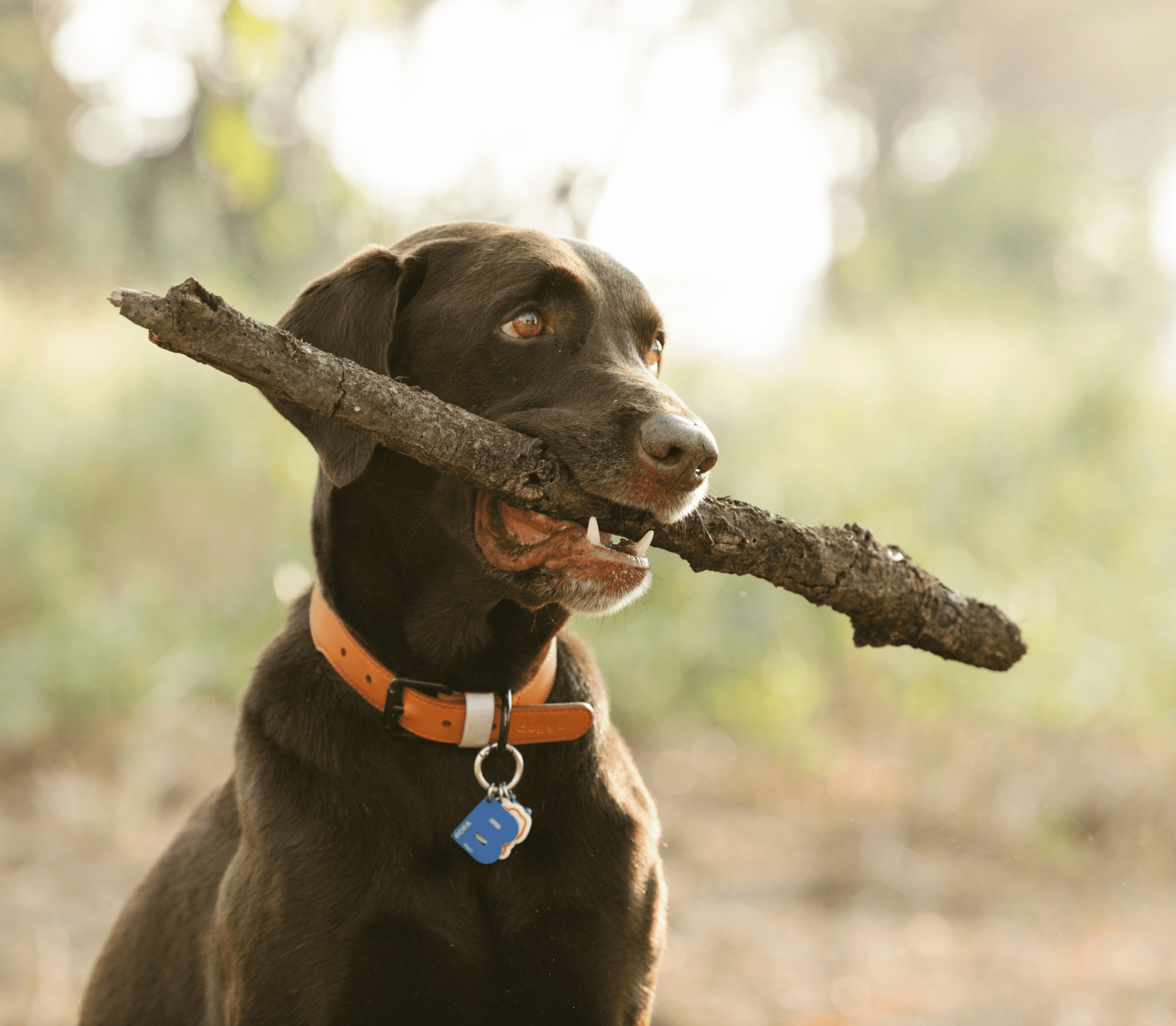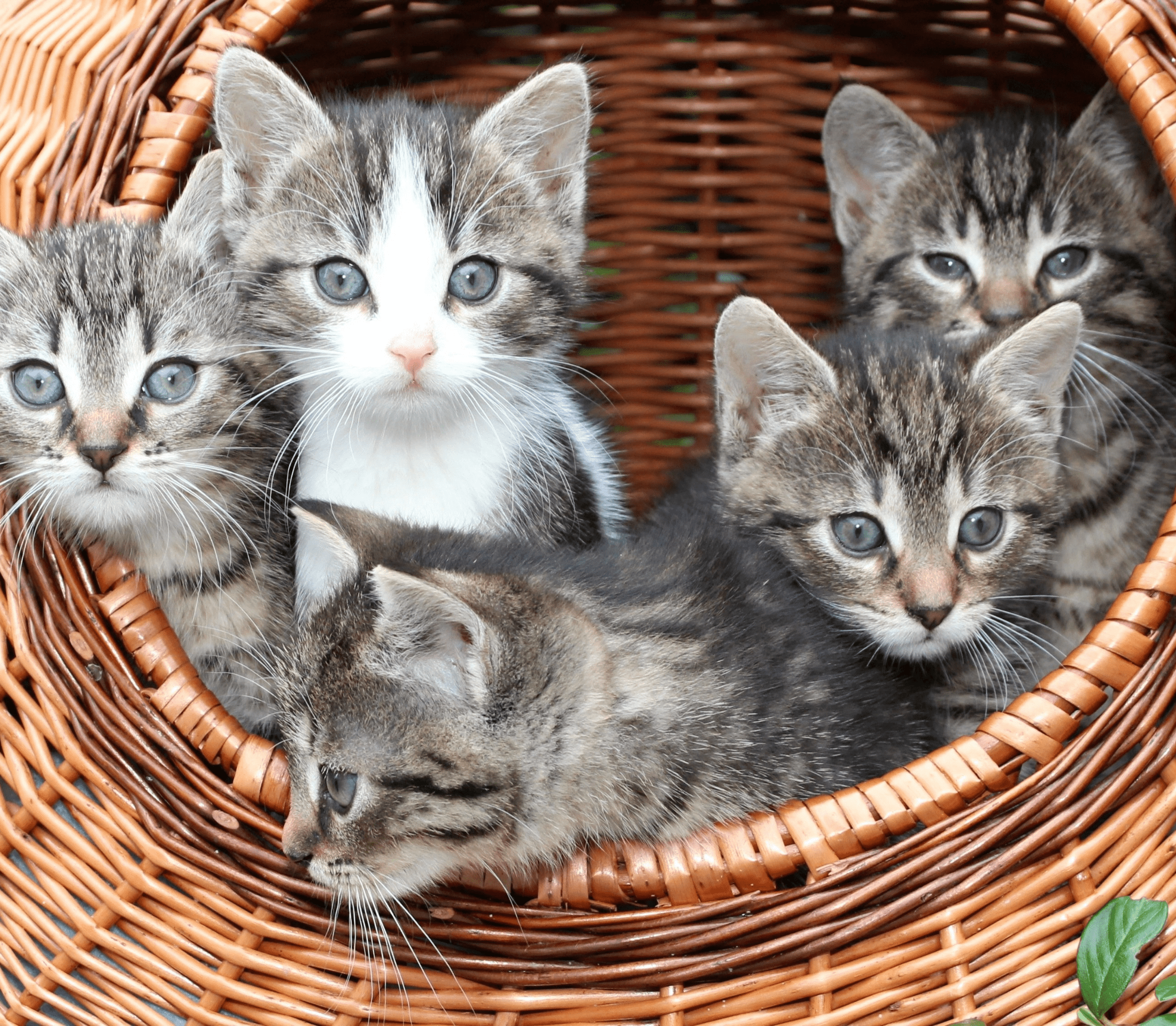Choosing Cat Furniture
Does your feline pal have a cat tower? Kitties are very, very good at making themselves comfortable. Fluffy won’t be shy about stretching out, sprawling out, or curling up on your bed, chair, sofa, table, laptop, lap, floor, or, well, anything and everything else she can fit on. This is one reason kitties are so easy to care for: they are more than happy to make do with whatever you have. However, cats really do enjoy and benefit from having a few things they don’t have to share with their humans. Read on as a local vet discusses choosing kitty furniture.
Why Should I Get My Cat Some Furniture?
You don’t have to fill your home with things for Fluffy. If we can say one thing about kitties, it’s that they are very opportunistic sleepers. For the most part, we would just suggest making sure she has a few things of her own.
Here are a few reasons why:
Privacy: One reason cats should have their own things? Simple space. Everyone needs a quiet spot of their own they can go to. Fluffy may need a retreat from your toddler, the dog, the vacuum cleaner, or just the hustle and bustle of people going back and forth.
Elevation: You may notice that many of our feline friends really like high places. Your pet won’t have a very good vantage point from ground level. Kitties are climbers by nature. In fact, Fluffy’s claws are angled in a way that makes it easier for her to scale things. (Going down is a bit trickier, and must be learned, but that’s another topic.) This isn’t just because cats prefer to have us looking up at them in adoration, though that may very well be a perk. In the wild, cats are both hunters and hunted. They have to always be watching for potential threats. That is, of course, much easier to do from a high vantage point.
Security: Trees serve several purrposes for cats in the wild. They provide kitties with a safe place to escape a coyote, give her a vantage point, and also provide napping spots and manicure stations. Cat towers remind kitties of these safe spaces, and often just make them naturally feel secure.
Sleeping Points: We probably don’t need to explain this one too much. Kitties are always on the lookout for napping spots!
Nail Care Stations: One of the few downsides of having a cat is the fact that Fluffy may decide to do her nails on your furniture. Your pet isn’t trying to be destructive; she’s just fulfilling her instinctive need to keep her nails sharp. This is definitely a case of ‘if you can’t beat ‘em, join ‘em’. You won’t have much luck getting your cat to stop doing her nails. You also should never punish her for these mishaps. That will only confuse your pet, and could make her frightened of you. It’s much better to just give your kitty a good manicure station. This will preserve your furniture and fulfill your pet’s natural needs to scratch.
Do Cats Need Beds?
Given that Fluffy can sleep up to 20 hours a day, it really shouldn’t be a huge surprise to find that beds are pretty high up on her list of favorite things. Store-bought beds are great, but you can also make your own. Cats are definitely not picky about where they sleep. Fluffy will sleep in a plant pot, a lasagna pan, or a pizza box. You can also put folded blankets on a chest or ottoman for extra purrs.
Why Are Cats So Obsessed With Boxes?
We can’t discuss cat furniture without touching on boxes. The official theory is that cats feel safer in small, enclosed spaces. This makes sense, as nothing can sneak up on them. However, that theory falls apart when you notice photos of cats stuffing themselves inside boxes that are too big, too small, and/or nothing more than a square outline of tape.
Tips For Choosing A Cat Tower
The cat tower is, of course, the gold standard here. Picking a scratching post or cat tower isn’t complicated, but there are some things that you would need to keep in mind.
Sturdiness: You’ll want something that is sturdy. Fluffy’s tower should be able to withstand all sorts of kitty shenanigans. (Remember, that may involve your pet making a flying leap onto the tower, or just hurtling herself up it at full speed.) Safety is, of course, the main thing here, but there is another reason as well. If your pet’s tower wobbles when she tries to use it, she may become wary of it. This is likely also instinctive. It isn’t hard to see why cats may have figured out that using a wobbly tree as a nail-care station may not end well. The tower should also hold your pet’s weight easily. You’ll need to be careful with flimsy or cheap towers.
Height: As mentioned above, cats like to climb to high spots. In general, the higher the better. However, there is a caveat.
Accessibility: While kittens won’t have issues scrambling up to the top of a tower, an older cat will prefer something that is easier to get on and off. Keep your pet’s age in mind.
How Many Cat Towers Do Kitties Need?
There’s really no upper-limit answer here. If you want to get your furry little diva a dozen cat trees or more, then by all means, go for it! As to the minimum number of cat trees or towers? We would suggest at least one per kitty. It’s not the end of the world if two or even three cats share a tower. However, make sure the tower has enough levels for them to all fit on it at once.
Other Types of Kitty Furniture
Cat towers and beds are probably Fluffy’s favorite pieces, but they are by no means the only options. In fact, you can get all sorts of cute and fun purrniture pieces for your feline.
Here are a few possible options:
Window Seats: Does Fluffy have a favorite window spot? We’re guessing she probably does. While your pet won’t mind if you buy her a swanky window seat, she’ll also be just as content with a spot on an ottoman or an armchair that provides a good view. This will give your furry buddy a place where she can relax, sunbathe, and spy on local wildlife.
Cat Wheels: You’ve likely seen the wheels that are so popular with smaller animals, like hamsters and gerbils. There are kitty-sized versions of these as well. This is a great option for a feisty, active cat.
Cat Shelves: If you really want to pamper your furry pal, consider getting her some shelves. Cats love scampering about at high levels!
Litterbox Concealment: This one is about hiding function behind form. You can buy pieces that were specifically made to hide Fluffy’s purrsonal powder room. You can also get creative and upcycle something. For instance, you can upcycle an old dresser or desk to camouflage the litterbox. This would also work with a trunk. The main thing is to make sure that your kitty can get in and out. You’d also need a way to access it for cleaning. There are great examples and suggestions of this online.
Make An Appointment At Our Pet Clinic
Is your feline buddy due for an exam? Have you just adopted a new cat? Contact us, your local pet hospital, for all of your pet’s veterinary care needs. We are always happy to help!



